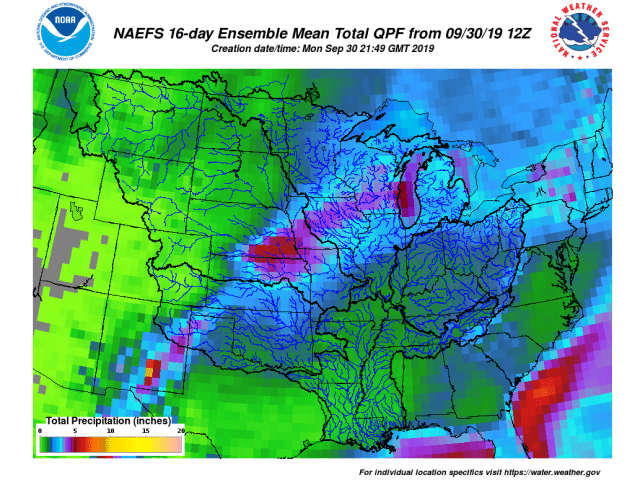By: Stephanie Karhoff OSU Extension

A female soybean cyst nematode, stained with a bright pink stain, has set up her feeding site within the soybean root. Her body will fill with eggs and become a bright white cyst visible on the soybean root. Photo: OSU Extension.
Soybean cyst nematode (SCN), Heterodera glycines, is a small roundworm that parasitizes soybean roots, stealing vital nutrients from the plant. Even if you are not seeing above-ground symptoms, SCN is likely still reducing your yield. To make matters worse, certain SCN populations are now becoming “resistant to the resistance.” In other words, a portion of the nematodes now have the capability of feeding and reproducing on soybean varieties previously thought to be resistant. The main reason for this, is that more than 95% of all SCN-resistant varieties for the past two decades included resistance gene(s) from the same breeding line, Plant Introduction (PI) 88788. Just like herbicide-resistant weeds, relying on the same SCN resistance source for the past 20 years has led to SCN populations adapting to, and overpowering the resistance. Continue reading Soybean Cyst Nematode Sampling



